It’s been a mostly sunny week here once again meaning I’ve had ample opportunity for getting outside. It was announced this week that 2016 was a really poor year for butterflies but thankfully, from my perspective anyway, 2017 appears to be much better so far. I’ve seen plenty of our more common local species like peacocks, speckled woods and commas.
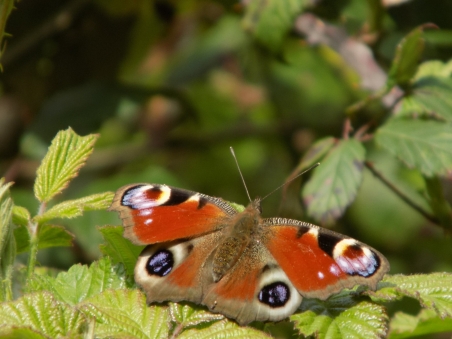

This week several other species of butterfly have emerged in reasonable numbers such as holly blues and orange tips, as seen below.
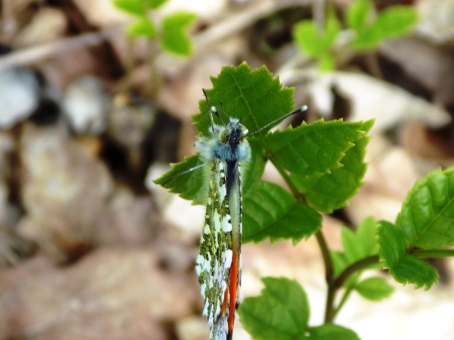
This may have been difficult to identify as an orange tip if I hadn’t seen it land! The underside of their wings is very different to the clear top and serves as camouflage when the butterfly sits on flowerheads like cow parsley. This individual is a male as females do not have the orange wing tips.
Another strong sign of spring is of course the swallows returning and this week I have suddenly seen a whole load on my patch. Situated near the South coast, it’s likely many of the swallows I am seeing are headed further North and have yet to complete their long migration from Africa.
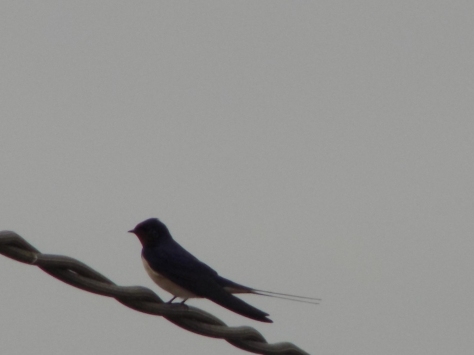
This week I visited Canford Heath in Poole which is the largest lowland heath in the UK and an SSSI thanks to the rare reptiles it is home to, like smooth snakes and sand lizards. Sadly it was a cool morning on my visit so I didn’t see any reptiles.

I had much better luck with birds though. Canford Heath is also home to a population of dartford warblers and there were plenty around during my visit. Although the name comes from the location they were first identified the ‘dart’ part of it seems apt as these birds spend a lot of time darting around the heather. Try as I might I could not get a photo of one.
Still, I did stumble upon this linnet on the heath and just about managed to get a photo of it.
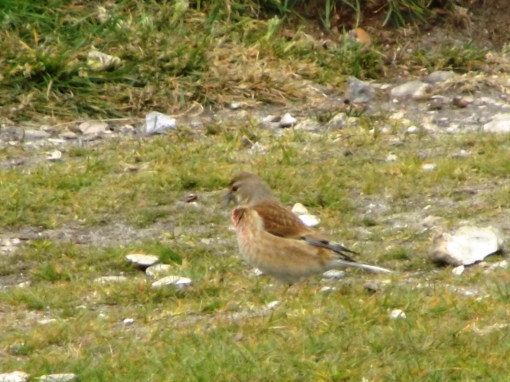
This is probably a female as there doesn’t seem to me much red on it. The numbers of this finch have fallen a dreadful 57% since 1970 probably due to a decrease in seed and an increase of the use of herbicides on farmland.
Another spot was this wheatear, a bird which also migrates from Africa for the summer breeding season.

Amusingly the name wheatear derives from “white” and “arse”, referring to the prominent white rump of the bird. They are mainly ground-dwelling birds and mostly eat insects.
One more bird from my Canford Heath visit was this jay, a more common bird but also a beautiful one to see.
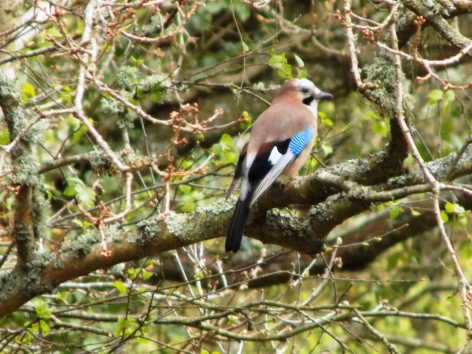
Down by the river Avon this week I came across this plant which was covered in insects.

I put it up on iSpot, which is a great website where community users can often identify species you might now recognise instantly. The general census seems to be that this aren’t true flies (diptheria) due to the long antenna. They are probably alderflies (meglaptera) as they are insects that live near rivers. I can’t come up with a convincing reason for them to be swarming like this though- maybe it’s just a good food source?
That’s all for today and I hope you have a good Easter.

No comments:
Post a Comment